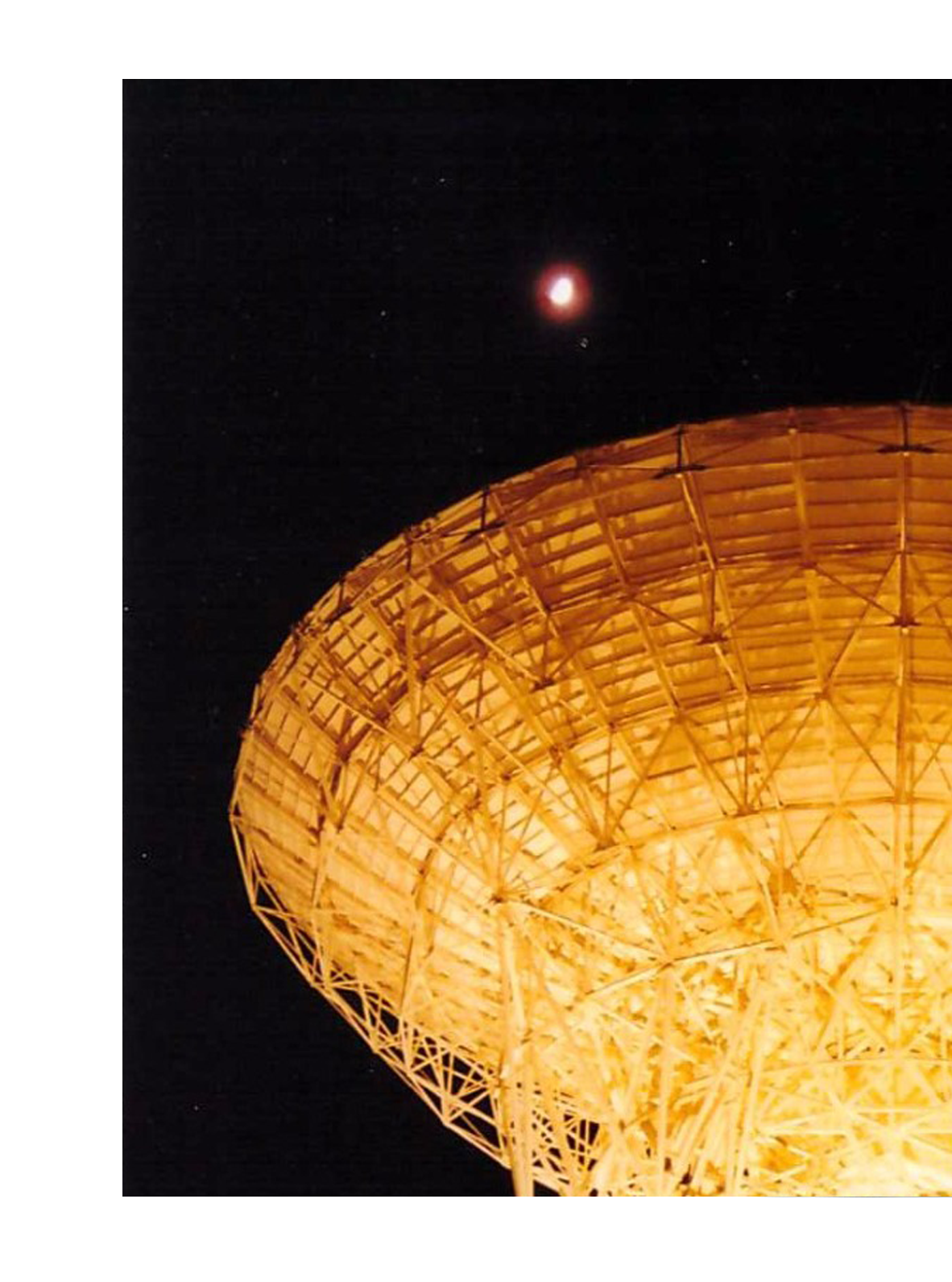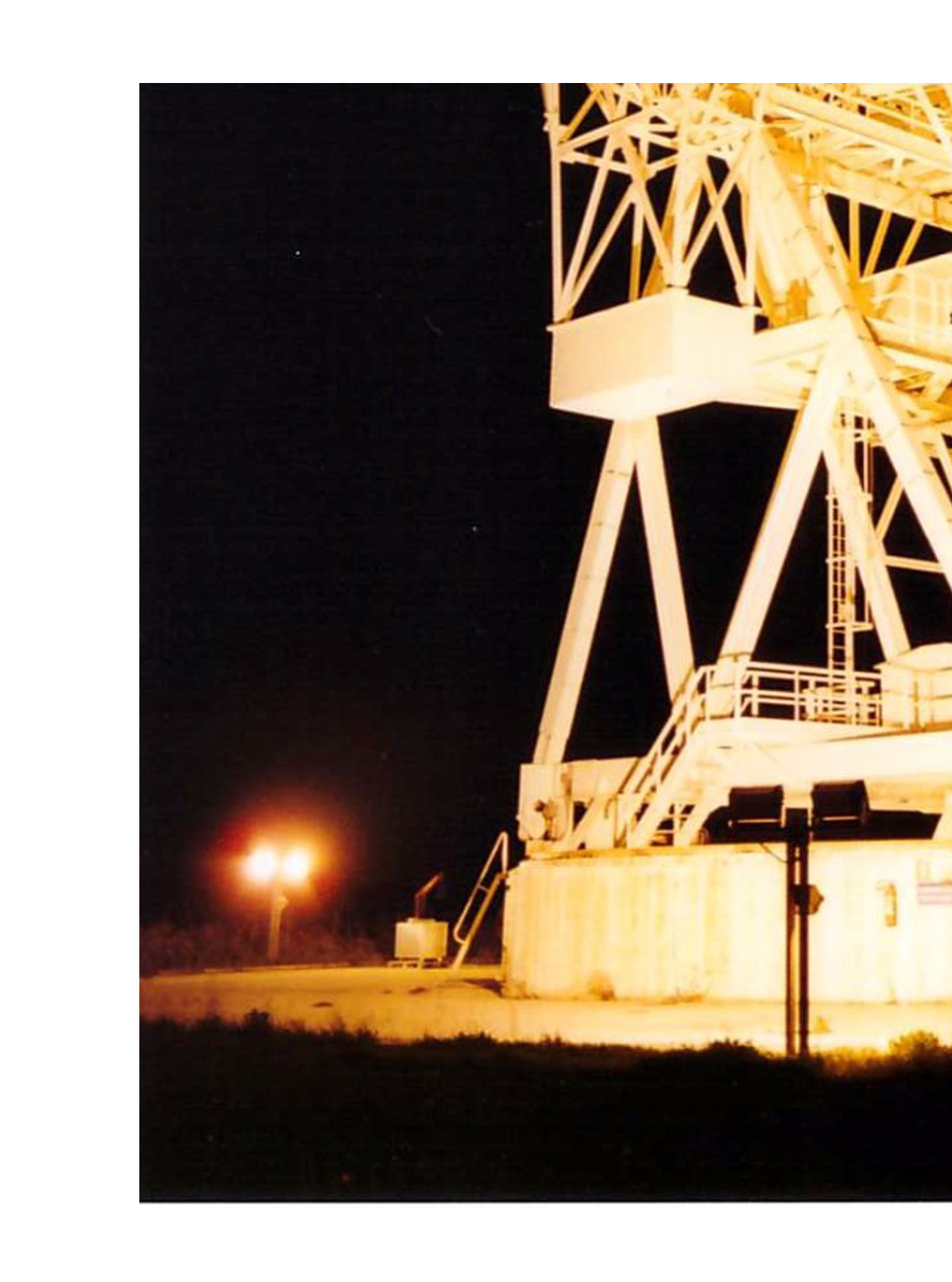In the first period of the 2000 years a new concept was appearing in the radio-astronomy community: the traditional receiving system used in a radio-telescope could be reconsidered as a set of mathematical operations providing that the received signals could be converted in numerical format.
Such sort of simple consideration suggested to build the first prototypes of a new class of receivers making use of digital a back-end. The novelty was not an obvious matter because the more advance technologies had to be applied to convert the analogue signal coming from the front-end part of the receiver, placed in the radio-telescope focus, to digital numerical format to be then processed no more in an analogue environment, but numerically with the fastest possible hardware processors: FPGAs.
Such kind of processors are the so called Field Programmable Gate Array which are composed by a generic array of flexible logic element interconnected between them in order to generate the required functionality. This technology at that time was relatively new and very powerful, such to represent a valid promising tool to process fast radio signals. It was selected to explore the possibility to convert the existing analogue back-ends in a modern solution, still compatible with the existing receiving system so to replace them in a soft manner giving the possibility to introduce at the same time new modes for increasing the bandwidth, then sensitivity and any possible element for new scientific tools.
The first prototypes made use of a single analogue-to-digital converter (ADC) with a 512MHz, which was then covering in a single shot bands covered in the analogue backend even with more frequency intervals. Dimensions and power consumption were a fraction of the existing systems. The data at that point in digital format could be injected in the FPGA for having the required numerical manipulation so to emulate the operations and create frequency channels with narrow band to be then forwarded to recorders. The recorder media could then be transferred to the correlators for further processes.

This technology was developed by the Istituto di Radioastronomia (IRA) in Noto, where a 32 m radio-telescope is operative for astronomy, geodesy and space science scientific research and the first experiments have been realized around 2002-2003. The following years have seen increasing the system performance, number of elements up to achieve the goal to be able to completely replace the existing system, adopted in radio-telescopes around the world. The DBBC of the first generation (DBBC1) was born!
The first units have been produced inside IRA and deployed in several sites in Europe. The story was then evolving rapidly and when the second generation of the DBBC (DBBC2) family was developed and produced. It gained the full endorsement by the European VLBI Network, after a complex review process by a dedicated committee to evaluate the project and its perspectives. An Italian national patent was deposited and after then a European patent. The Max Planck Institute for Radioastronomy in Bonn played since that time and still today a great role in collaborating at all the levels for supporting the project.
In 2009 finally HAT-Lab srl as INAF (Istituto Nazionale di Astro Fisica) was funded to develop and produce DBBC systems for the radioastronomy community. This company deployed the system in Europe and worldwide.
The third generation (DBBC3) was developed with a joint European project under Radionet3 framework and today this third generation is produced by HAT-Lab and deployed to the radio astronomy community.
